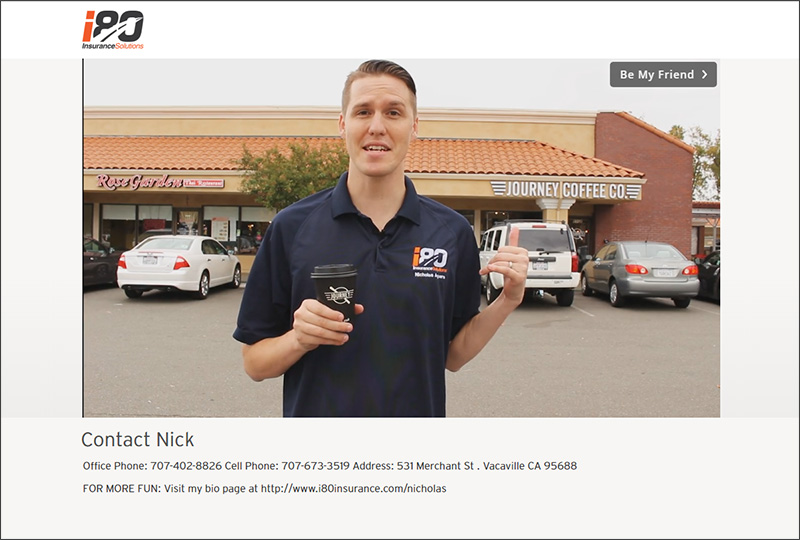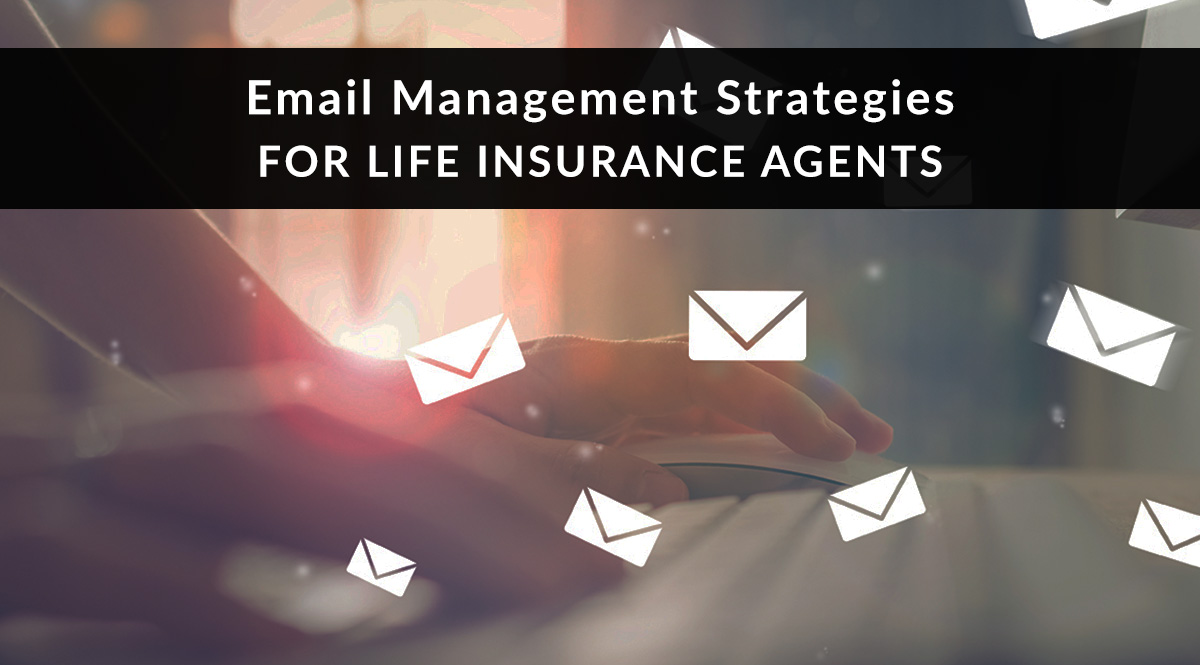
Email was designed to make communication easier and faster. But in an agency setting, it can have the opposite effect. All too often, we’re swamped by client emails, newsletters, marketing emails, carrier emails, transactional emails, industry group emails…you get the picture. Some days, it probably feels as if all you do is react to email.
Over 205 billion emails were sent in 2015, according to Radicati. That number is only going to grow over time. Let’s look at specific strategies for email management that can turn a typically ho-hum experience into something that increases engagement. Here’s how two agents changed the way they use email in order to better communicate with their clients and co-workers.
Video for the Win: Nick Ayers
Nick is an owner and co-founder of i80 Insurance. He burst onto our radar with an email autoresponder we couldn’t help but notice when it landed in our inbox. Here’s what we saw:
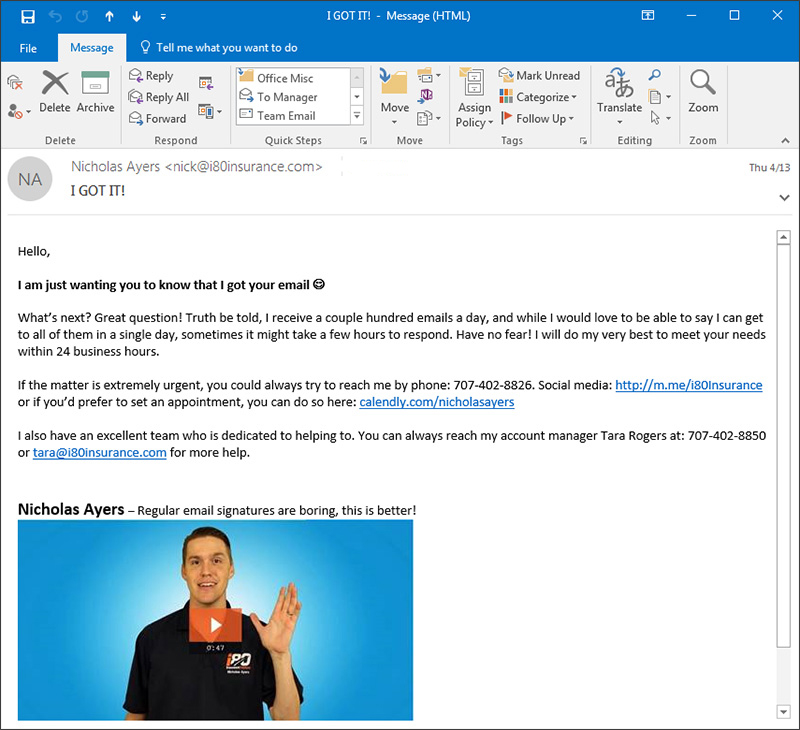
How’s that for a great client experience?
We talked to Nick, and asked him about his strategies for email, video, and client communication. He had so many great things to say about using video in agency marketing that we’re saving those thoughts for the next post. Here’s what he told us about his fantastic autoresponder and how he manages email on a daily basis:
About the Autoresponder
“I had two sources of inspiration for this."
"First, I knew there was a necessity for it. Everything we do from a marketing perspective, I always try to ask myself – how do I like to be treated as a consumer? Personally, I engage a lot with brands, like Amazon or the brands we use as vendors. Whenever I need help, I always like it when I get something back saying, ‘We got this, we received it, you don’t have to worry.’ I like it from a customer experience standpoint for myself, so I want to give that to our customers, too.
Even in the body of the email, in the verbiage, it's more or less me talking. There's a quirky personality to it.
Second, it makes a better experience for the people reaching out to us because it sets expectations. I do get a lot of emails, every single day. I want people to know – and there’s a dual purpose here, in a very subtle way - you aren’t the only person reaching out to me. If it takes me a little bit of time to get back to you, I want you to know why. I have a lot of people who ask questions and want help and need things. The email is my way of saying, 'Please know there are other people who need these things from me, but I will get to you and help you.' I clearly state my intention, which is to get back to you in 24 hours.
I also let people know that I have a service team. I get emails from a lot of people who have never contacted me before. Maybe they don’t know I have a team, or that there are others who can help them. Now they can reach out for immediate assistance, whether that’s by email, phone, Facebook messenger, or other social media.”
Client Reaction
“I get quite a bit of reaction, once or twice a week."
"Sometimes they’ll reply and respond directly to it. I can tell because of the subject line. Even if I can tell they didn’t really read it, it’s still helpful because I can tell they’re engaging with it.

I think they do engage with it because in the video and in the body of the email, it’s more or less me talking. There’s a quirky personality to it. It’s written in a way that makes it feel like I just typed it out, like it’s really me saying it. I’m not that formal of a person. My advice to other agents looking to do something like this is make it easy for people to feel a connection with you. It should reflect you as an individual.”
About the Video
“We use video heavily in our agency."
"The whole upstairs is dedicated to a video studio. We make content and send it out on a weekly basis. So I thought, well, I could do a responder that’s just text…or I can do one that has video. Sometimes people are emailing me for the first time, and I want them to see the personality of our agency and who they’re dealing with.
My philosophy is if I can’t say it in couple sentences, I want to use a picture. If I can’t say it in a few paragraphs, I want to use a video. Just be real and non-scripted. Authenticity will trump polish. People want something real. They want to engage with you and your brand in a real way. Don’t be afraid to mess up.”
Check out his video:
Client Reaction
“I made this video so people can feel something different."
"It’s no secret that the entertainment industry has made its living by making people feel something. We’ve done other videos with this goal in mind, and these get the most feedback. Sometimes when I walk around in my town, I’ll get someone who says, ‘I saw you in a video' or 'Aren’t you that guy from the video?’ That person might not be a customer, but the reach is there, and it’s all based on trying to make someone feel something.”
General Email Tips
“I don’t think there’s a concrete answer for the best way to handle email."
"For me, I check it when I’m free and available. I hate it when I see that I have 7 unread emails. It’s like a Facebook notification or a voicemail on the phone. I think, 'Let me just clear this.' Also, I delegate a lot of emails to our service staff, which is just a quick forward.
If I’m on a desktop, I use Outlook. When I get a new email notification, I can always see who it’s from. If it’s from someone I’m waiting on, I’ll address it immediately. If it’s spam or not as important, I’ll save it.
When it comes to email, there’s no right or wrong way to do this. In this day and age, we’re connected all the time. I don’t have an opinion on whether that’s good or bad. That’s just me. I get an email, my phone buzzes, and I take a look at it.”
There's a lot we can learn from Nick's approach to email, video, and marketing in general. We hope it inspires you to try something outside your comfort zone, especially if it will help you better serve your clients. Need a little advice on how to do what Nick does with video? You can reach out to him at [email protected] or find him in action on Facebook, Instagram, Snapchat, LinkedIn, or Twitter.
Move Conversations away from Email: Ryan Pinney
In 2016, Ryan made two key changes to the way he handles email. We talked about them in this post, but we’ll go over the email-specific strategies again here.
- Be ruthless when you unsubscribe. Take a hard look at each marketing email and newsletter you receive. Does that content inspire you or have a positive effect on your day? Does it contain valuable advice you actually use? Or is that sender just trying to get you to buy something? Remember, Ryan notes - the myth of Inbox Zero was created by marketers to get you to respond to their emails.
Need a little help being ruthless? Try Unroll.me, a free service that shows you a list of all your subscription-based emails. Unsubscribe from the ones you don’t want, and let unroll.me bundle the ones you do want into a once-a-day email digest. - Move the conversation to a chat room instead. Long email chains can get confusing, leading to more time spent scrolling backward and wondering if you missed a CC or a forward. Instead, try using chat software. We use HipChat and love it. You can get quick answers, include multiple people in a conversation, tag people if you need a direct answer, and more. It’s faster, cleaner, and less stressful than the dreaded email chain with a task and a response buried in the past emails somewhere. Here's what the interface looks like:
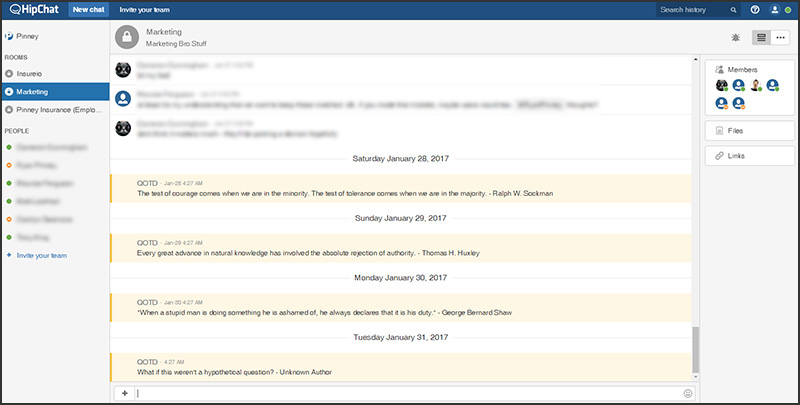
Not comfortable with chat? Try an in-person conversation instead. In a UC Irvine study on email and stress levels, study author Gloria Mark asked office workers to quit email cold turkey for five days. During the study, their stress levels decreased. Mark noted that increased social interaction in place of email likely contributed to the decreased stress observed in study participants. - Use folders and routing rules to keep non-essential items from landing in your inbox. This system works especially well for newsletters and marketing emails. If you know you receive the daily NAIFA Smart Brief, for example, create a Newsletters folder and a rule that automatically sends that email into Newsletters folder. Next, set aside 5 minutes of time during the day to browse your newsletters in this folder, then delete them as needed. This keeps you from dropping what you’re doing to read a non-essential email first thing in the morning, or while you’re occupied with other tasks later in the day.
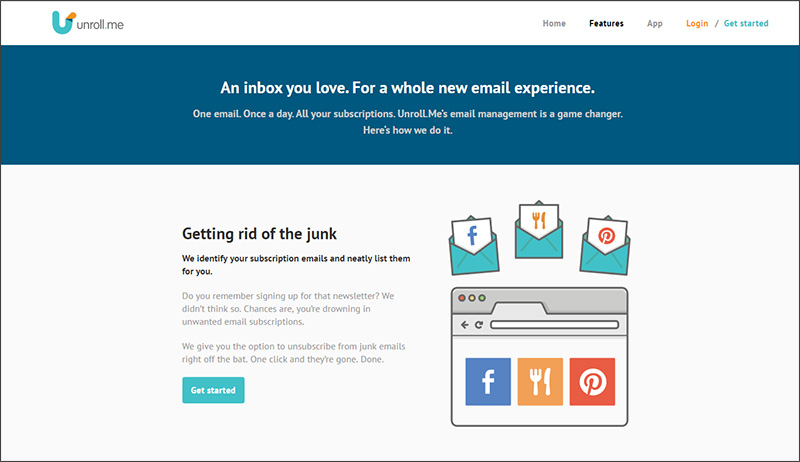
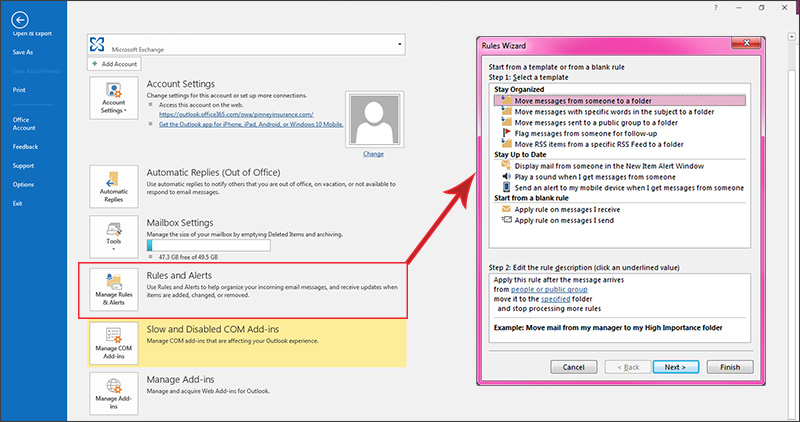
Ultimately, the key to email management is what works best for you.
Do you want to handle emails as they arrive, like Nick? You can. Do you want to set times that work best for checking or responding to email? You can. Or do you want to use an autoresponder that invites your contact to reach you by chat, phone, or social media? You can. It may take a little experimenting to find a balance that works for you, your clients, and your staff. But when you find it, it will result in a better experience for everyone you contact during the business day.
Read our follow-up post with Nick's advice on using video for marketing, onboarding, brand awareness, and more.
In the meantime, check out our other posts on creating, growing, and managing your email list:
